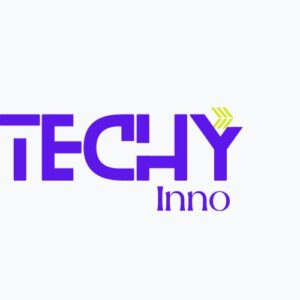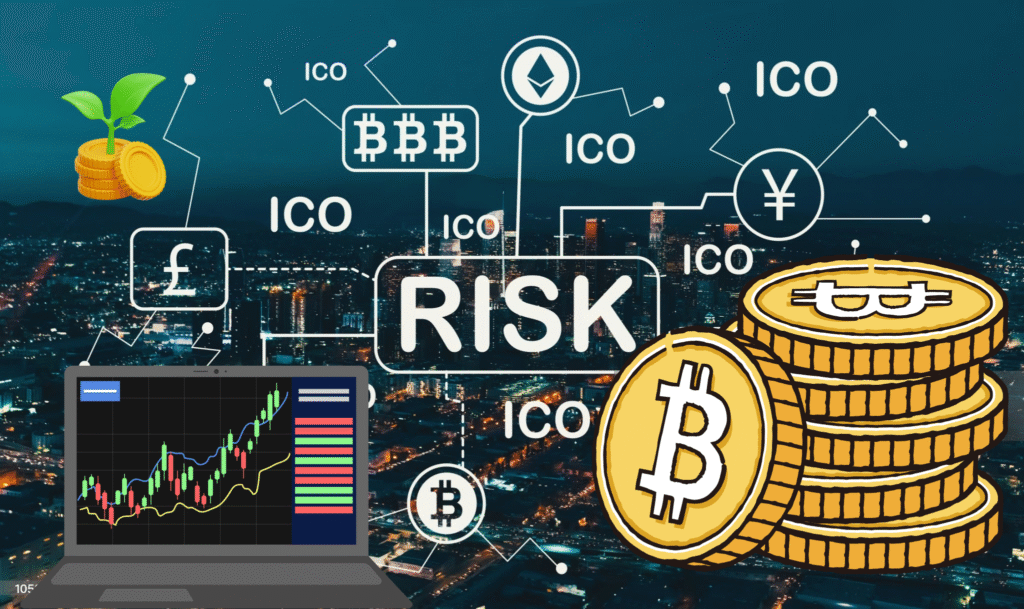In the span of just over a decade, cryptocurrency has transformed from an obscure internet concept to a global financial phenomenon. Interestingly, headlines about the bitcoin millionaires, blockchain breakthroughs, and market volatility have filled our newsfeeds. But despite the buzz, a question still remains in the minds of many: Is cryptocurrency a risky gamble or a groundbreaking revolution? The answer isn’t black and white, but by examining its evolution, potential, and challenges, we may find it to be far more revolutionary than risky.
The Origins of Crypto: Disruption by Design
Cryptocurrency was introduced out of the 2008 financial crisis. Frustrated by the instability of traditional banking systems, a mysterious developer known as Satoshi Nakamoto introduced bitcoin in 2009. The core idea was simple but profound: a decentralized digital currency that operates outside government and bank control, underpinned by blockchain technology. However, blockchain is a secure, transparent, and immutable digital ledger that records every transaction across a network of computers.
Furthermore, this decentralization challenged the concepts and conventions of financial accounting. No central authority, no intermediaries, and no unnecessary fees. Instead, based on peer-to-peer transactions and algorithmic transparency. For many, it was the dawn of a financial revolution.
A Rapidly Evolving Ecosystem
After bitcoin, thousands of other cryptocurrencies have also emerged, including ethereum, solana, cardano and now artificial intelligence coins in 2025. Each brought new functionalities, from smart contracts to decentralized finance (DeFi) and non-fungible tokens (NFTs). These developments aren’t just technological novelties; they represent an entirely new digital economy.
Take ethereum, for example. It’s not just a currency; it’s a programmable blockchain that enables developers to create decentralized applications (dApps) without relying on centralized platforms. This opens the door to innovation in gaming, art, finance, and beyond. In short, blockchain and crypto are redefining how value is created, exchanged, and preserved.
The Case for Revolution
Cryptocurrency offers several revolutionary benefits.
- Financial Inclusion: Around 1.7 billion adults globally remain unbanked. Crypto allows them to access financial services via smartphones, therefore; bypassing the traditional gatekeepers.
- Transparency and Security: Blockchain’s ledger system ensures all transactions are verifiable and tamper-proof, reducing fraud and corruption.
- Borderless Payments: Sending money across borders with traditional banks is slow and expensive. Crypto enables near-instant, low-fee transfers across the globe.
- Decentralized Control: Users maintain control of their funds without needing approval from a central authority.
- Innovation Potential: DeFi platforms allow users to lend, borrow, and earn interest without banks. NFTs are transforming how we buy and sell digital assets. DAOs (Decentralized Autonomous Organizations) are reimagining governance.

The Risk Perspective
Despite its promise, crypto is not without its risks:
- Volatility: Prices can swing wildly, influenced by speculation, regulation news, and market sentiment. Bitcoin once dropped over 80% in value in a single year.
- Regulatory Uncertainty: Governments are still grappling with how to regulate cryptocurrencies. Sudden crackdowns can impact markets dramatically. Also in some countries, the crypto market and crypto currency dealing is completely banned.
- Security Issues: While blockchains are secure, crypto exchanges and wallets can be hacked. Billions have been lost to cybercrime before as well (the typical example is of Mt. Gox).
- Scams and Fraud: The anonymity and lack of oversight make it a solid ground for Ponzi schemes and fake Initial Coin Offerings (ICOs).
- Environmental Concerns: Proof-of-work mining consumes vast amounts of energy, although newer networks like “Pi Network” are moving towards more sustainable models.
Balancing the Scale
So, is crypto more of a risk or a revolution? The truth is, it’s both. Like any emerging technology, it comes with uncertainty. The internet in its early days, was also considered risky—unregulated, misunderstood, and volatile. Yet it fundamentally transformed society.
Also, cryptocurrency holds the same potential. Its risks are real but often exaggerated by misunderstanding and lack of education. With proper safeguards, clear regulations, and responsible innovation, many of these risks can be mitigated.
What the Future Holds?
Crypto is rapidly maturing. Institutional investors are entering the space, major corporations are accepting crypto payments, and governments are exploring Central Bank Digital Currencies (CBDCs). At the same time, regulatory frameworks are evolving to provide greater stability and consumer protection.
Technological innovations continue to make crypto more accessible and secure. Layer 2 solutions, green mining alternatives, and user-friendly wallets are bridging the gap between early adopters and the mainstream.
Final Thoughts
Cryptocurrency is not a passing trend. It’s a transformative force that is reshaping our financial systems, economies, and digital experiences. While it does involve risk, so does any venture with the power to disrupt and redefine.
The key is education and cautious engagement. Understanding how crypto works – investing wisely, and staying informed can help individuals and businesses harness its revolutionary potential while managing its risks.
In the end, crypto isn’t just a gamble—it’s a generational opportunity. And the answer to whether it’s a risk or a revolution might just surprise you: it’s both. But with the right vision and vigilance, it’s a revolution.




weed for sleep gummies natural relief